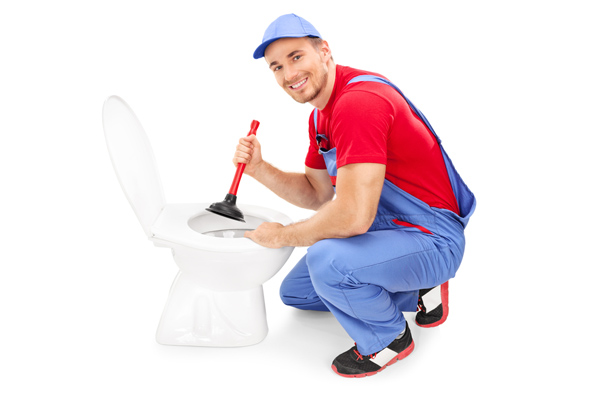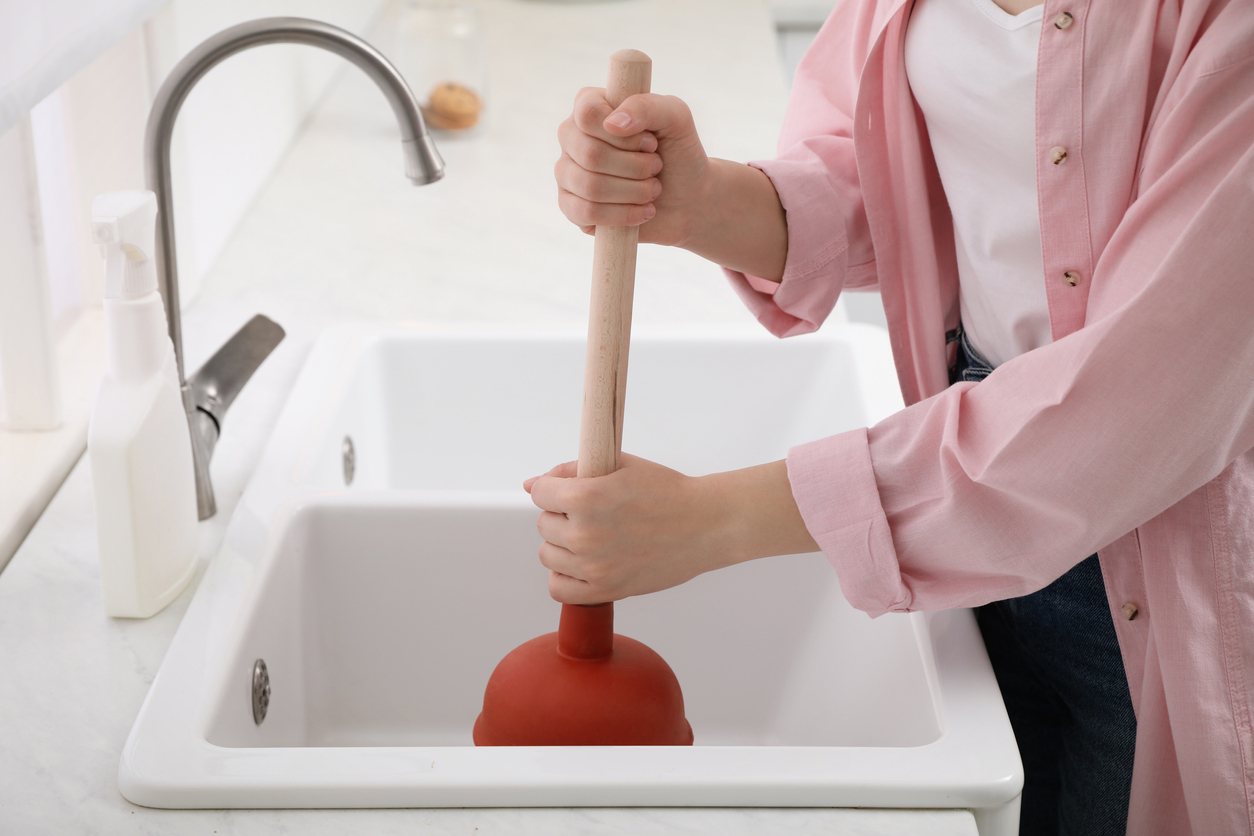What're your opinions about Here's How to Correctly Use a Toilet Plunger?

Intro
Proper upkeep of household drains is essential for protecting against obstructions and making certain smooth water flow. One of the key devices in every house owner's toolkit is the bettor, together with numerous drainpipe cleansers made to deal with persistent blockages successfully. This write-up checks out just how to use bettors and drain cleansers efficiently to maintain your drains pipes flowing freely.
Area 1: Comprehending Plungers
Kinds of Plungers
There are several types of bettors readily available, each developed for various types of drains and blocks. The most typical kinds consist of mug bettors, flange bettors, and accordion bettors.
Just How Plungers Work
Plungers deal with the principle of creating stress and suction to dislodge blockages. When properly used over a drain, they develop a vacuum cleaner that can take out particles or separate clogs.
Selecting the Right Bettor
Selecting the right plunger depends on the sort of drainpipe and the nature of the obstruction. Mug bettors are ideal for sinks and tubs, while flange bettors are better suited for bathrooms as a result of their design.
Common Errors with Bettors
Staying clear of these errors makes certain effective plunging: incorrect seal around the drainpipe, insufficient force, and not clearing bordering particles.
Area 2: Using Plungers Effectively
Prep work
Before plunging, make certain the plunger covers the drain entirely and forms a limited seal. Clear any kind of noticeable particles around the drainpipe opening.
Method
Start with mild diving activities to develop suction. Increase stress progressively, using a consistent rhythm. Repeat as required till the drain removes.
Troubleshooting Tips
If plunging does not function, try adjusting the seal, using oil jelly for a better seal, or utilizing a various type of plunger.
Section 3: Recognizing Drainpipe Cleaning Company
Types of Drain Cleansers
Drain pipes cleansers can be chemical or chemical. Chemical cleansers make use of strong chemicals to dissolve clogs, while enzymatic cleaners make use of all-natural enzymes to break down organic matter.
Exactly How Drainpipe Cleansers Work
Chemical cleaners respond with obstructions to liquify them, while chemical cleansers break down natural products like hair and grease without harming pipelines.
Safety Considerations
Constantly wear handwear covers and eye defense when using chemical drain cleaners. Make sure sufficient ventilation and follow maker guidelines very carefully.
Eco-Friendly Alternatives
Consider using vinegar and baking soft drink or enzyme-based cleaners for environment-friendly options that are much safer for pipes and the atmosphere.
Section 4: Utilizing Drain Cleaning Company Properly
Application Strategies
Pour chemical cleaners directly right into the drain opening. Enable them to work for the suggested time prior to purging with warm water. Enzymatic cleansers need to rest overnight.
Safety measures
Stay clear of blending various sorts of cleansers, as this can generate hazardous fumes. Never ever make use of chemical cleansers along with a bettor, as splashing can occur.
Managing Persistent Clogs
For persistent clogs, consider making use of a pipes serpent or calling an expert plumbing professional to stop damages to pipes.
Verdict
Finally, recognizing just how to make use of bettors and drainpipe cleaners efficiently is vital for preserving healthy and balanced plumbing systems. By picking the right tools and methods, property owners can deal with small obstructions and prevent significant plumbing issues down the line.
How to Use a Plunger to Unclog a Drain
The humble plunger is a simple yet effective tool for breaking clogs in sinks, tubs and toilets. This handy tool is easy to use. You can make the most of its power if you understand how it works. Ready to dive in? Here’s what you need to know.
Safety First!
Never use a plunger with drain chemicals. Water will splash as you work, and the chemicals can spatter, burning skin and eyes. It’s a good idea to use rubber gloves and wear safety goggles when you work on a clog.
Choose the Right Tool for the Job
Plungers come in two different styles. Sinks, bathtubs and showers require a cup plunger. Like its name suggests, the rubber end is shaped like a cup. Use a flange plunger on toilets. These plungers have a rubber funnel extending from the cup. A plunger needs to be big enough to cover the drain.
Ready, Set, Plunge!
Coat the rim: Coat the plunger rim with petroleum jelly. This helps make a better seal.
Block outlets: Hold a wet rag over nearby outlets such as the overflow vent or the drain in a second sink.
Release air: Insert the plunger at an angle into the water. Water will displace air in the cup. A water-filled cup is more forceful than one filled with air.
Keep the plunger upright: Hold the plunger perpendicular to the drain. Use fast, forceful strokes, but make the first stroke gentle. The first stroke can create a splash if the cup still contains air. Thrust the plunger 15 to 20 times.
Snap off the plunger: The final stroke should be a strong upward motion that ends when the plunger snaps off the drain.
Repeat the process: you may need to repeat this sequence several times. When the water drains away, your work is done. High-five! https://plumbernw.com/blog/how-to-use-a-plunger-to-unclog-a-drain/

Application Strategies
Pour chemical cleaners directly right into the drain opening. Enable them to work for the suggested time prior to purging with warm water. Enzymatic cleansers need to rest overnight.
Safety measures
Stay clear of blending various sorts of cleansers, as this can generate hazardous fumes. Never ever make use of chemical cleansers along with a bettor, as splashing can occur.
Managing Persistent Clogs
For persistent clogs, consider making use of a pipes serpent or calling an expert plumbing professional to stop damages to pipes.
Verdict
Finally, recognizing just how to make use of bettors and drainpipe cleaners efficiently is vital for preserving healthy and balanced plumbing systems. By picking the right tools and methods, property owners can deal with small obstructions and prevent significant plumbing issues down the line.
How to Use a Plunger to Unclog a Drain
The humble plunger is a simple yet effective tool for breaking clogs in sinks, tubs and toilets. This handy tool is easy to use. You can make the most of its power if you understand how it works. Ready to dive in? Here’s what you need to know.
Safety First!
Never use a plunger with drain chemicals. Water will splash as you work, and the chemicals can spatter, burning skin and eyes. It’s a good idea to use rubber gloves and wear safety goggles when you work on a clog.
Choose the Right Tool for the Job
Plungers come in two different styles. Sinks, bathtubs and showers require a cup plunger. Like its name suggests, the rubber end is shaped like a cup. Use a flange plunger on toilets. These plungers have a rubber funnel extending from the cup. A plunger needs to be big enough to cover the drain.
Ready, Set, Plunge!
Coat the rim: Coat the plunger rim with petroleum jelly. This helps make a better seal. Block outlets: Hold a wet rag over nearby outlets such as the overflow vent or the drain in a second sink. Release air: Insert the plunger at an angle into the water. Water will displace air in the cup. A water-filled cup is more forceful than one filled with air. Keep the plunger upright: Hold the plunger perpendicular to the drain. Use fast, forceful strokes, but make the first stroke gentle. The first stroke can create a splash if the cup still contains air. Thrust the plunger 15 to 20 times. Snap off the plunger: The final stroke should be a strong upward motion that ends when the plunger snaps off the drain. Repeat the process: you may need to repeat this sequence several times. When the water drains away, your work is done. High-five! https://plumbernw.com/blog/how-to-use-a-plunger-to-unclog-a-drain/

I have been very interested by Here's How to Correctly Use a Toilet Plunger and I am hoping you appreciated the entire blog posting. For those who liked our page if you please be sure to share it. I take joy in reading our article about How to Use a Plunger to Unclog a Toilet or Drain.
Explore